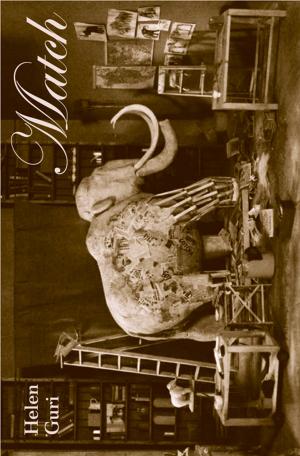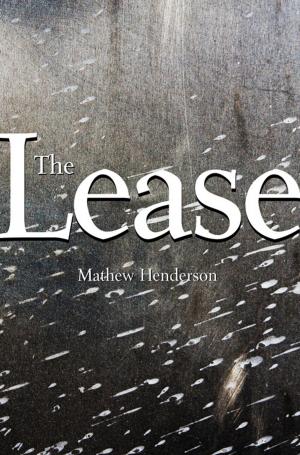| Author: | Kenneth Goldsmith | ISBN: | 9781770560642 |
| Publisher: | Coach House Books | Publication: | January 16, 1998 |
| Imprint: | Coach House Books | Language: | English |
| Author: | Kenneth Goldsmith |
| ISBN: | 9781770560642 |
| Publisher: | Coach House Books |
| Publication: | January 16, 1998 |
| Imprint: | Coach House Books |
| Language: | English |
Fidget is writer Kenneth Goldsmith's transcription of every movement made by his body during 13 hours on Bloomsday (June 16) 1997. It is a hypnotic work, strangely compelling and disorienting at the same time; you'll never think about your body in the same way again.
Originally commissioned by the Whitney Museum of American Art as a collaboration with vocalist Theo Bleckmann, Fidget attempts to reduce the body to a catalogue of mechanical movements by a strict act of observation. The stress of this rigorous exercise creates a condition of shifting reference points and multiple levels of observation that inevitably undermines the author's objective approach, and the trajectory of the work begins to change.
The text of Fidget is followed by an afterword written by Marjorie Perloff, which both explains the circumstances of the project's creation (including the important role Jack Daniels plays in the latter part of the text) and explores its results.
Fidget is writer Kenneth Goldsmith's transcription of every movement made by his body during 13 hours on Bloomsday (June 16) 1997. It is a hypnotic work, strangely compelling and disorienting at the same time; you'll never think about your body in the same way again.
Originally commissioned by the Whitney Museum of American Art as a collaboration with vocalist Theo Bleckmann, Fidget attempts to reduce the body to a catalogue of mechanical movements by a strict act of observation. The stress of this rigorous exercise creates a condition of shifting reference points and multiple levels of observation that inevitably undermines the author's objective approach, and the trajectory of the work begins to change.
The text of Fidget is followed by an afterword written by Marjorie Perloff, which both explains the circumstances of the project's creation (including the important role Jack Daniels plays in the latter part of the text) and explores its results.















